- Have any questions?
- +86-189 8930 5995
- sales@mosinterchem.com.cn
Oxalic acid CAS 6153-56-6

Lead acetate CAS 6080-56-4
17/12/2018
N,N-Diethyl-p-phenylenediamine sulfate CAS 6283-63-2
17/12/2018| Model: | MOS 6153-56-6 |
| Brand Name: | MOSINTER |
| CAS No.: | 6153-56-6 |
| Appearance: | Heavy white powder |
| Purity %≥: | 99.5 |
| Sulfate (SO4) %≤: | 0.002 |
| Residue on ignition (as sulfate) %≤: | 0.02 |
| Total nitrogen (N) %≤: | 0.002 |
| Chloride (Cl) %≤: | 0.002 |
| Heavy metals (as Pb) %≤: | 0.0004 |
| Water insoluble %≤: | 0.005 |
| Calcium (Ca) %≤: | 0.003 |
| Iron (Fe) %≤: | 0.0005 |
Oxalic acid (CAS: 6153-56-6)
| Item | Index |
| Appearance | Heavy white powder |
| Purity %≥ | 99.5 |
| Sulfate (SO4) %≤ | 0.002 |
| Residue on ignition
(as sulfate) %≤ |
0.02 |
| Chloride (Cl) %≤ | 0.002 |
| Total nitrogen (N) %≤ | 0.002 |
| Water insoluble %≤ | 0.005 |
| Heavy metals (as Pb) %≤ | 0.0004 |
| Calcium (Ca) %≤ | 0.003 |
| Iron (Fe) %≤ | 0.0005 |
| Clarity test / No. ≤ | 3 |
Oxalic acid is an organic compound with the formula H2C2O4. It is a colorless crystalline solid that
dissolves in water to give colorless solutions. It is classified as a dicarboxylic acid. In terms of acid strength,
it is much stronger than acetic acid. Oxalic acid is a reducing agent and its conjugate base, known as oxalate
(C2O42−), is a chelating agent for metal cations. Typically, oxalic acid occurs as the dihydratewith the formula
H2C2O4·2H2O. Oral consumption of oxalic acid in excess or prolonged skin contact can be dangerous.
Preparation
Oxalic acid is mainly manufactured by the oxidation of carbohydrates or glucose using nitric acid or air in the
presence of vanadium pentoxide. A variety of precursors can be used including glycolic acid and ethylene glycol.[4]
A newer method entails oxidative carbonylation of alcohols to give the diesters of oxalic acid:
4 ROH + 4 CO + O2 → 2 (CO2R)2 + 2 H2O
These diesters are subsequently hydrolyzed to oxalic acid. Approximately 120,000 tonnes are produced annually.
Historically oxalic acid was obtained exclusively by using caustics, such as sodium or potassium hydroxide, on sawdust.
Laboratory methods
Although it can be readily purchased, oxalic acid can be prepared in the laboratory by oxidizing sucrose using nitric acid
in the presence of a small amount of vanadium pentoxide as a catalyst.
The hydrated solid can be dehydrated with heat or by azeotropic distillation.
Of historical interest, Wöhler prepared oxalic acid by hydrolysis of cyanogen in 1824. This experiment may
represent the first synthesis of anatural product.
Structure
Anhydrous oxalic acid exists as two polymorphs; in one the hydrogen-bonding results in a chain-like structure
whereas the hydrogen bonding pattern in the other form defines a sheet-like structure. Because the anhydrous
material is both acidic and hydrophilic (water seeking), it is used inesterifications.
Reactions
Oxalic acid is a relatively strong acid, despite being a carboxylic acid:
C2O4H2 → C2O4H− + H+; pKa = 1.27C2O4H− → C2O42− + H+; pKa = 4.27
Oxalic acid undergoes many of the reactions characteristic of other carboxylic acids. It forms esters such as
dimethyl oxalate (m.p. 52.5 to 53.5 °C (126.5 to 128.3 °F)). It forms an acid chloride called oxalyl chloride.
Oxalate, the conjugate base of oxalic acid, is an excellent ligand for metal ions, e.g. the drug oxaliplatin.
Oxalic acid and oxalates can be oxidized by permanganate in an autocatalytic reaction.
Occurrence
Biosynthesis
At least two pathways exist for the enzyme-mediated formation of oxalate. In one pathway, oxaloacetate, a
component of the Krebs citric acid cycle, is hydrolyzed to oxalate and acetic acid by the enzyme oxaloacetase:
[O2CC(O)CH2CO2]2− + H2O → C2O42− + CH3CO2−
It also arises from the dehydrogenation of glycolic acid, which is produced by the metabolism of ethylene glycol.
Occurrence in foods and plants
Calcium oxalate is the most common component of kidney stones. Early investigators isolated oxalic acid from
wood-sorrel (Oxalis). Members of thespinach family are high in oxalates, as is sorrel. Rhubarb leaves contain
about 0.5% oxalic acid and jack-in-the-pulpit (Arisaema triphyllum) contains calcium oxalate crystals. Bacteria
produce oxalates from oxidation of carbohydrates.
Plants of the fenestraria genus produce optical fibers made from crystalline oxalic acid to transmit light to
subterranean photosynthetic sites.
Other
Oxidized bitumen or bitumen exposed to gamma rays also contains oxalic acid among its degradation products.
Oxalic acid may increase the leaching of radionuclides conditioned in bitumen for radioactive waste disposal.
[citation needed]
Biochemistry
The conjugate base of oxalic acid (oxalate) is a competitive inhibitor of the lactate dehydrogenase(LDH) enzyme.
LDH catalyses the conversion of pyruvate to lactic acid (End product of the Fermentation (Anaerobic) Process)
oxidising the coenzyme NADH to NAD+ and H+ concurrently. Restoring NAD+ levels is essential to the continuation
of anaerobic energy metabolism throughglycolysis. As cancer cells preferentially use anaerobic metabolism
(see Warburg effect) inhibition of LDH has been shown to inhibit tumor formation and growth,thus is an interesting
potential course of cancer treatment.
Applications
About 25% of produced oxalic acid is used as a mordant in dyeing processes. It is used in bleaches, especially
for pulpwood. It is also used in baking powder.
Cleaning
Oxalic acid’s main applications include cleaning or bleaching, especially for the removal of rust (iron complexing agent),
e.g. Bar Keepers Friend is an example of a household cleaner containing oxalic acid. Its utility in rust removal agents
is due to its forming a stable, water soluble salt with ferric iron, ferrioxalate ion.
Extractive metallurgy
Oxalic acid is an important reagent in lanthanide chemistry. Hydrated lanthanide oxalates form readily in strongly acidic
solutions in a densely crystalline, easily filtered form, largely free of contamination by nonlanthanide elements. Thermal
decomposition of these oxalate gives the oxides, which is the most commonly marketed form of these elements.
Niche uses
Vaporized oxalic acid, or a 3.2% solution of oxalic acid in sugar syrup, is used by some beekeepers as a
miticide against the parasitic varroa mite.
Oxalic acid is rubbed onto completed marble sculptures to seal the surface and introduce a shine. Oxalic acid
is also used to clean iron and manganese deposits from quartz crystals.
Toxicity and safety
Oxalic acid has toxic effects through contact and if ingested; manufacturers provide details in Material Safety
Data Sheets (MSDS). It is not identified as mutagenic or carcinogenic; there is a possible risk of congenital
malformation in the fetus; may be harmful if inhaled, and is extremely destructive to tissue of mucous membranes
and upper respiratory tract; harmful if swallowed; harmful to and destructive of tissue and causes burns if absorbed
through the skin or is in contact with the eyes. Symptoms and effects include a burning sensation, cough, wheezing,
laryngitis, shortness of breath, spasm, inflammation and edema of the larynx, inflammation and edema of the bronchi,
pneumonitis, pulmonary edema.
In humans, ingested oxalic acid has an oral LDLo (lowest published lethal dose) of 600 mg/kg. It has been reported that
the lethal oral dose is 15 to 30 grams.
The toxicity of oxalic acid is due to kidney failure caused by precipitation of solid calcium oxalate, the main
component of kidney stones. Oxalic acid can also cause joint pain due to the formation of similar precipitates
in the joints. Ingestion of ethylene glycol results in oxalic acid as a metabolite which can also cause acute kidney failure.
You must be logged in to post a review.

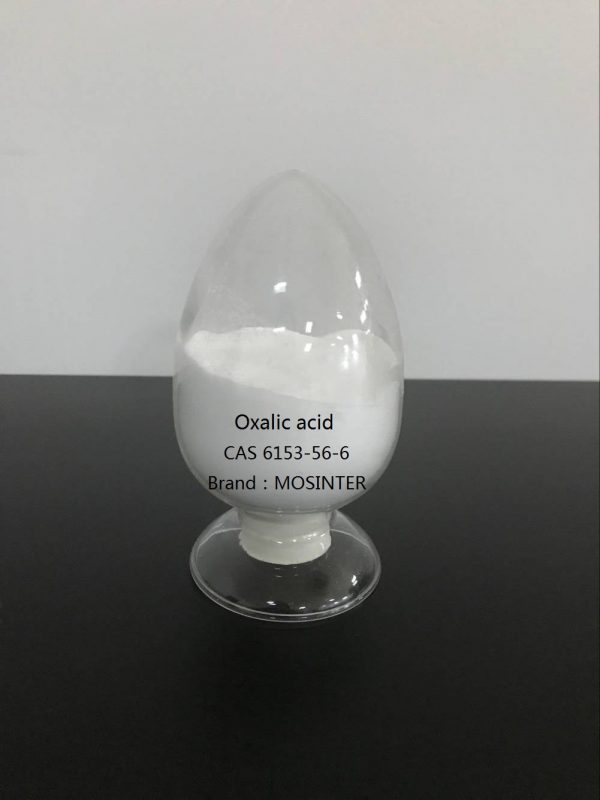
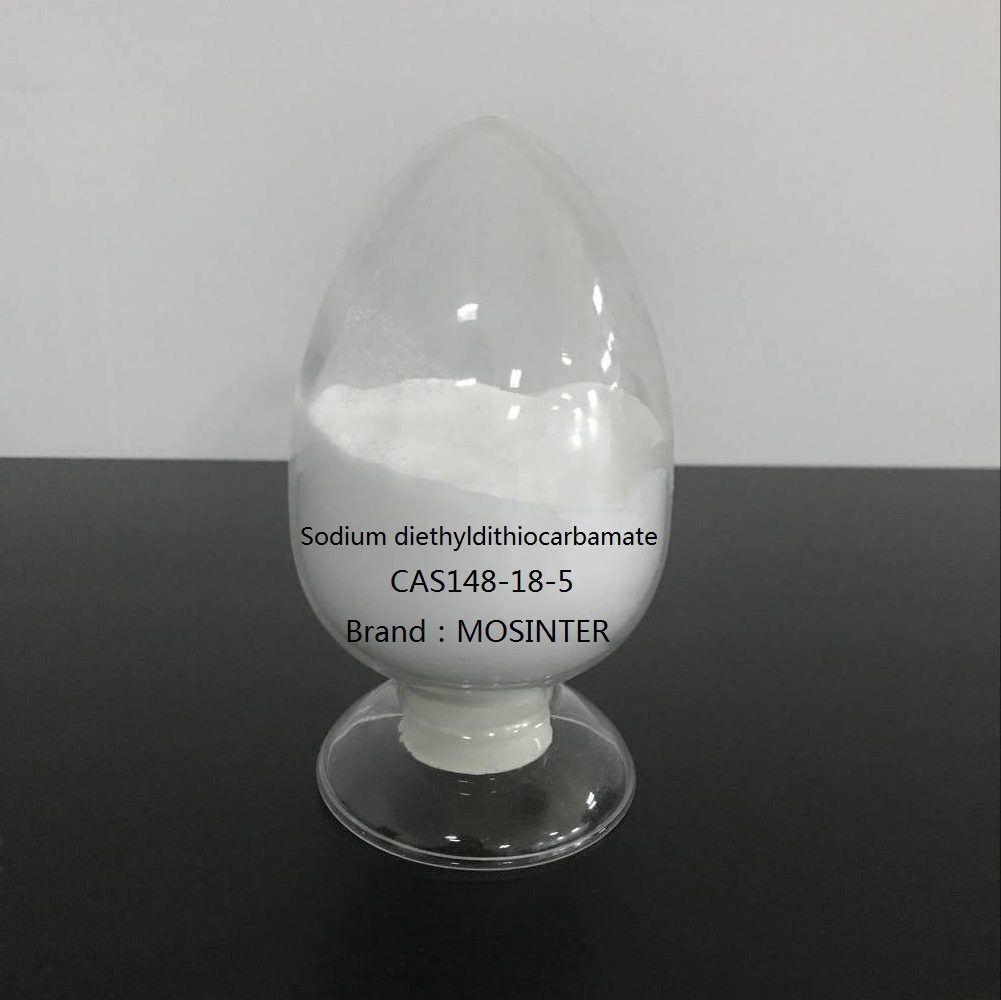
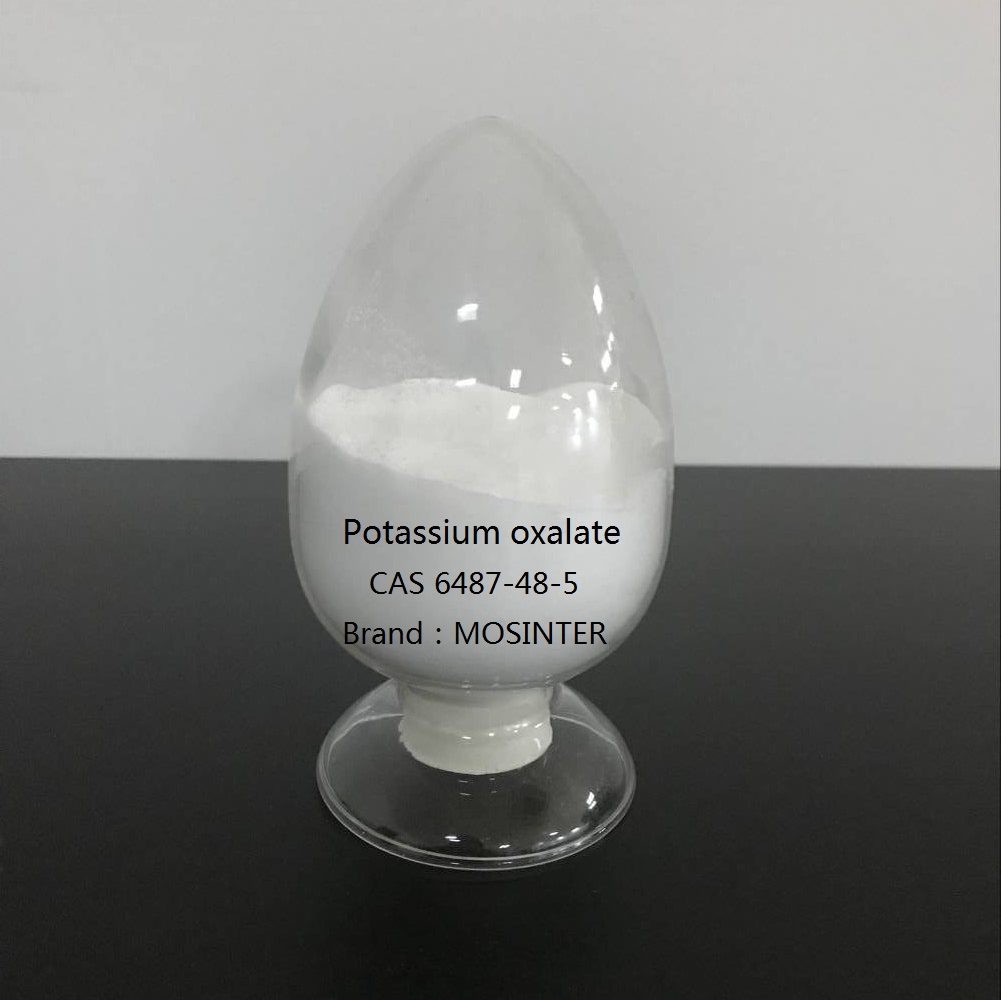
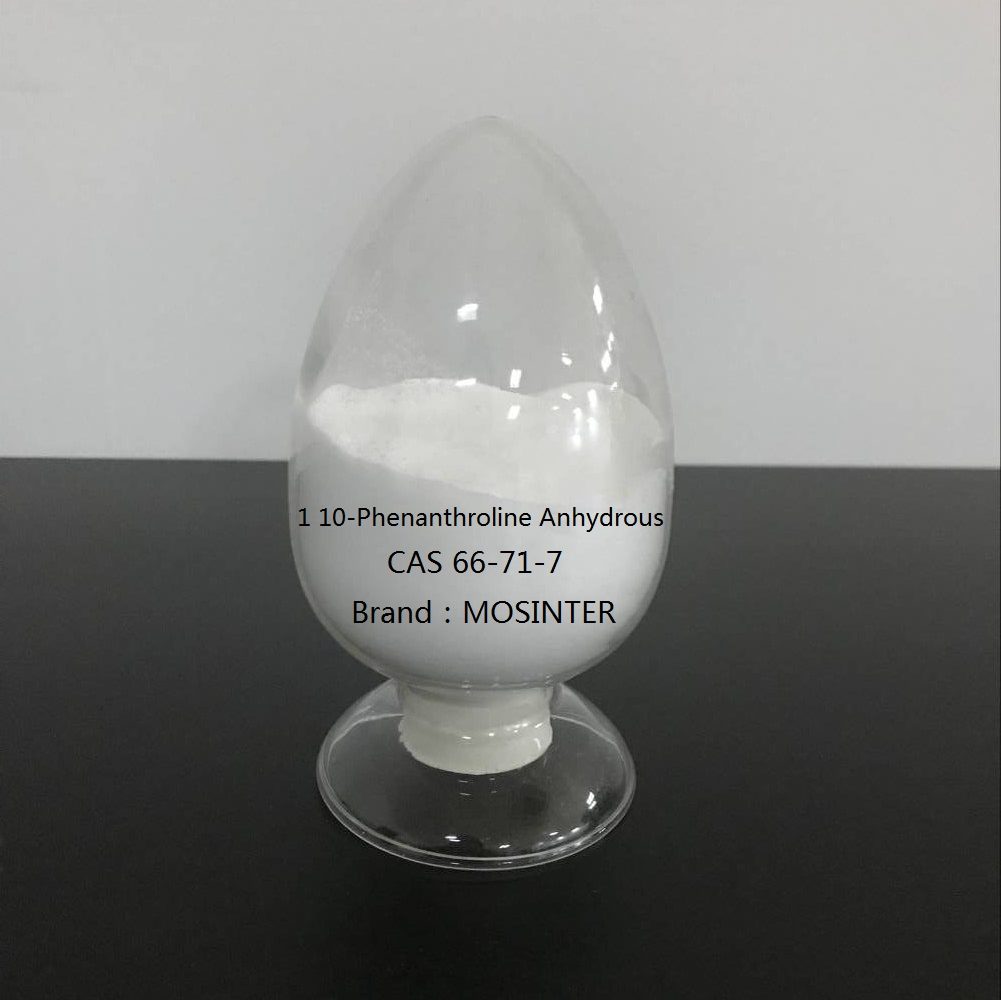
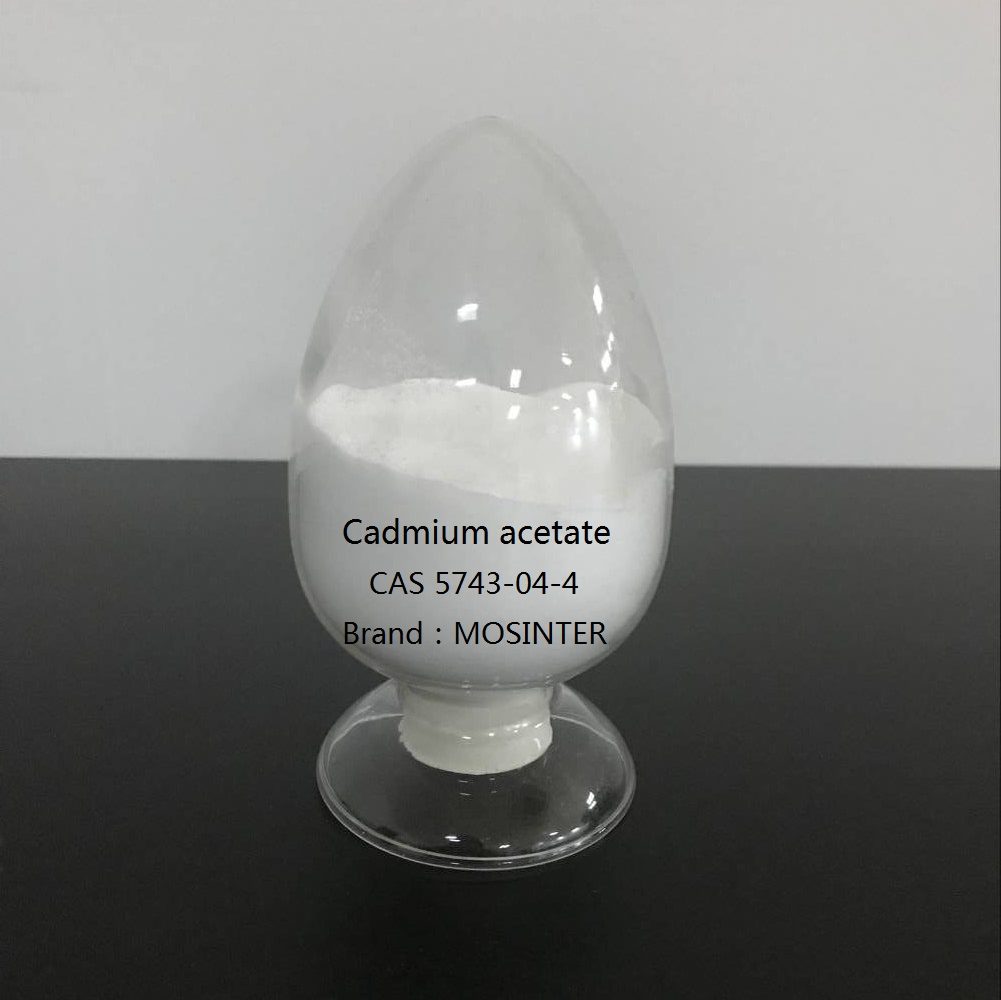
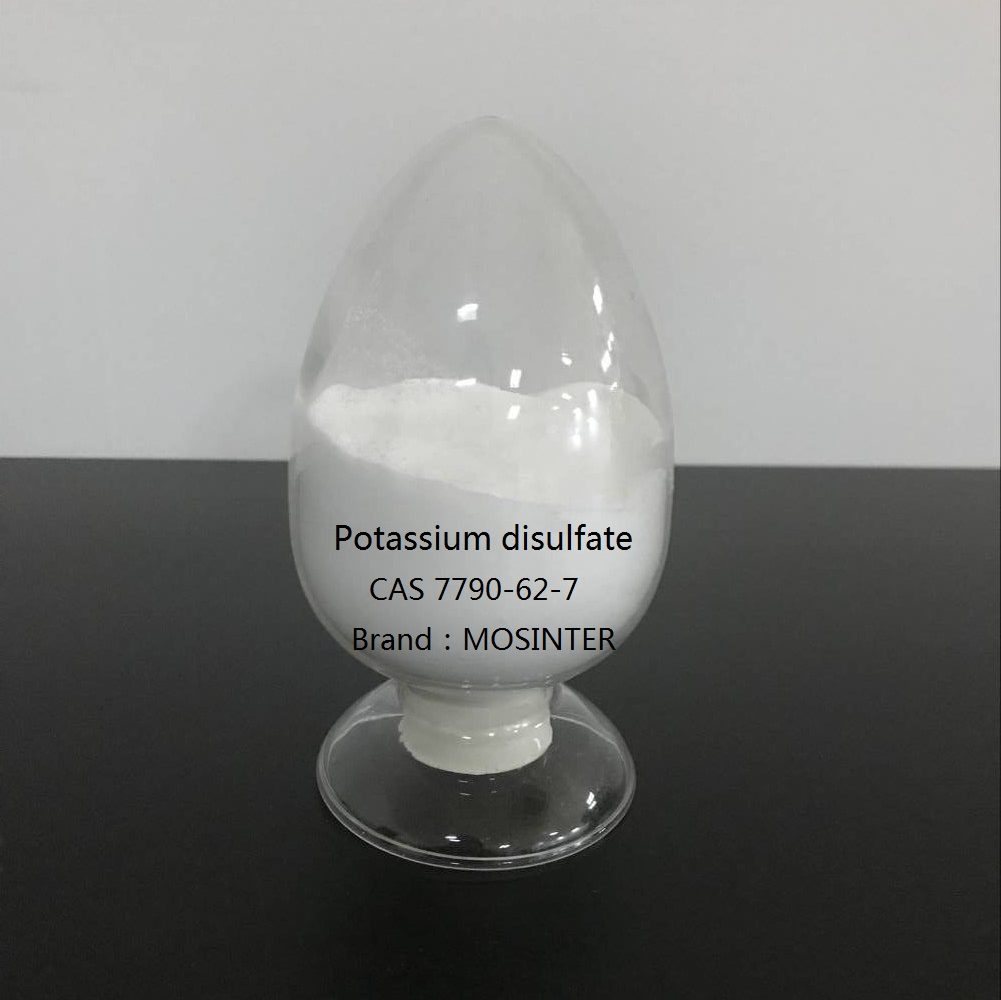
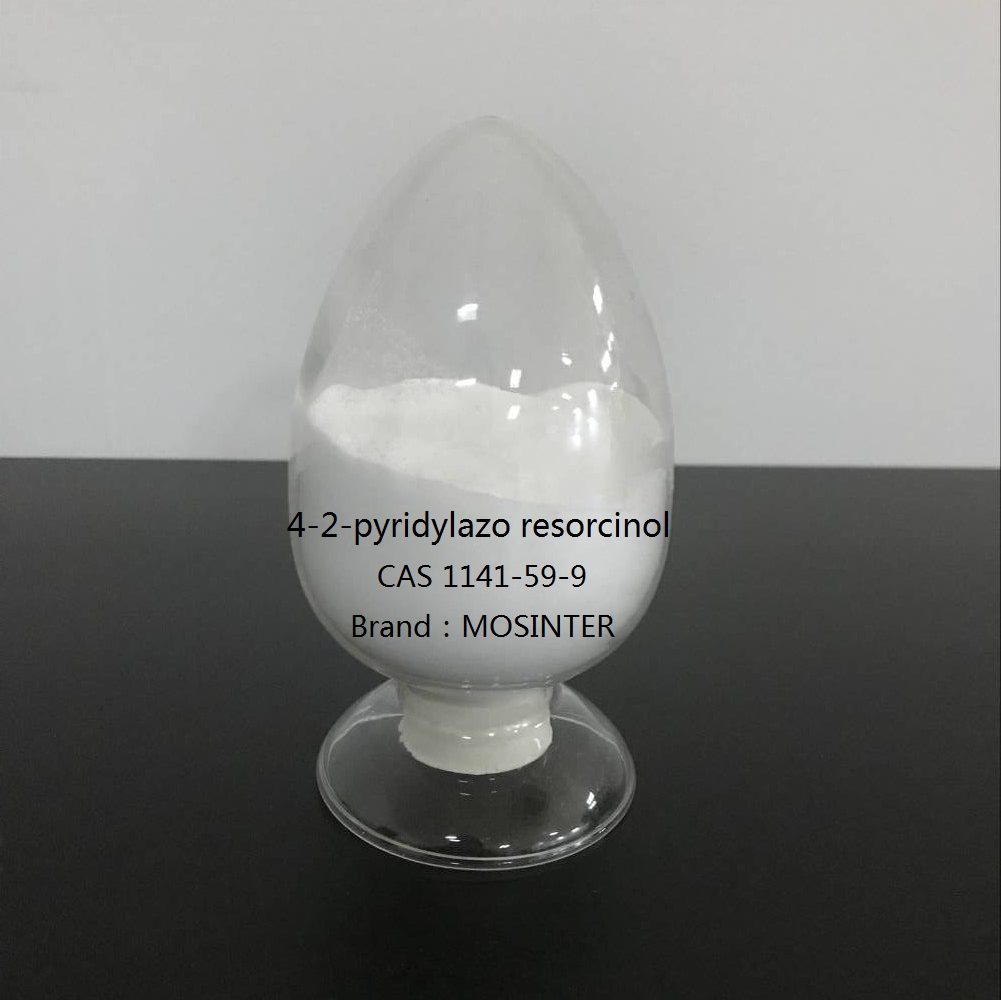
Reviews
There are no reviews yet.